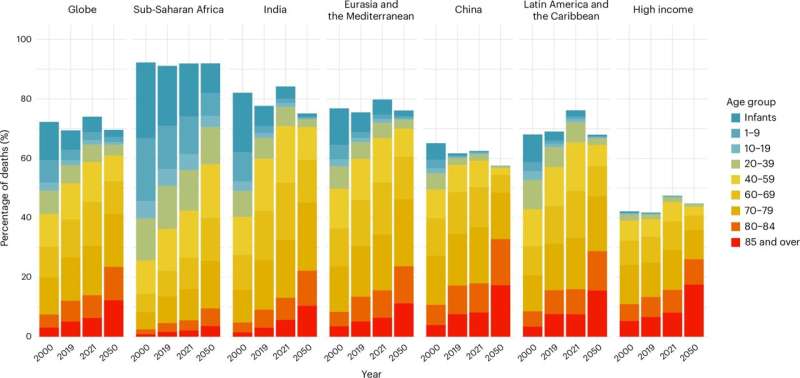A groundbreaking study reveals the staggering economic cost of avoidable deaths worldwide, highlighting the need for greater investment in healthcare and disease prevention. Researchers found that in 2019, 40 million deaths could have been prevented or delayed with access to quality care, representing a 23% loss in global income. This research underscores the significant financial benefits of reducing mortality from noncommunicable diseases and injuries, providing a framework for policymakers to prioritize health interventions.

Avoidable Death Comes At Enormous Economic Cost
Details of the research appear in a study that features in Nature Medicine and provides the first ever evidence of deaths being considered as largely avoidable globally. Researchers concluded that 40 million people died prematurely or were ill due to untreated diseases in all countries in 2019 alone.
This is the equivalent to 23% of world income in a single year — an extraordinary figure that attests to just how much gains in health can result in economic returns. Diego S. Cardoso, co-author of the study and also from University of Illinois Urbana-Champaign, points to how valuable these findings are: “The economic value of averted premature mortality is just over one-fifth (∼23%) of global annual income which underscores the potentially enormous health improvements –and corresponding economic benefits.. allowing for improved investment policies.”
Health Interventions to prioritize for maximum impact
In their second paper in Nature Medicine, Brant Long, Fernando Morales Douglass and colleagues build on these findings to outline a policy-action framework that outlines how policymakers can assess health interventions by quantifying the economic value of reducing avoidable mortality from noncommunicable diseases and injuries.
Across regions and causes of death, the researchers found that saving lives through such reductions lead to significant financial gains By enabling decision-makers to compare the economic impact of health improvements with investments in other fields, this study provides a powerful weapon.
As Cardoso describes, “The second paper extends these results to measure the economic benefit of reductions in avoidable mortality from deaths due to NCDs and injuries for different regions a[nd] causes of death as well.” It offers a framework for policy-makers to make comparisons between the economic consequences of mortality reduction and other competing sectors.
A Smart Economic Strategy: Investing in Health
The results of both of these ground-breaking studies simply serve to underscore why public investment in healthcare and disease prevention is so vital. Policymakers and public health leaders can save lives, their economies, and increase prosperity now by focusing on efforts that reduce the unnecessary deaths of people from avoidable causes.
While that is a big number, the researchers end up noting something even bigger: on an annual basis it accounts for 23 percent of the entire global income. These results show that well-targeted investments in healthcare delivery systems, public health programs and disease prevention have the potential to deliver large dividends—not only for longer, healthier lives but also for long-term economic growth.
Adopting a more integrated mind-set that values both health and economic development will help catalyse a virtuous cycle of improved health outcomes and lasting economic growth, resulting in a globally healthier, more resilient world.
